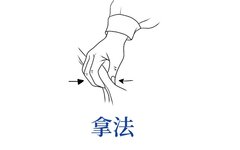Written by | Wu Jingwen
Commonly Used Tui Na Techniques
1. Tui Fa (Pushing Technique): Use fingers or palms to apply force in a single direction on a specific area of the patient. This technique is suitable for the head, face, limbs, and chest/abdomen. It has the functions of dispelling wind and cold, invigorating blood circulation, regulating qi, alleviating pain, and relaxing muscles and meridians.

2. Na Fa (Grasping Technique): Use the thumb and any one or more of the other four fingers to grasp a specific body part or acupoint, alternating between lifting and releasing. This technique is suitable for the neck, shoulders, back, and limbs. It has the functions of awakening the spirit, dispelling wind and cold, and relaxing muscles and meridians.

3. An Fa (Pressing Technique): Use the fingertips or palms to apply downward pressure on a specific area or acupoint, maintaining pressure for a moment, followed by slight kneading. This method is often used in conjunction with the rubbing technique. Fingertip pressing is suitable for acupoints all over the body; palm pressing is suitable for the back, waist, and limbs. It has the functions of unblocking meridians, relieving spasms, and regulating joints.
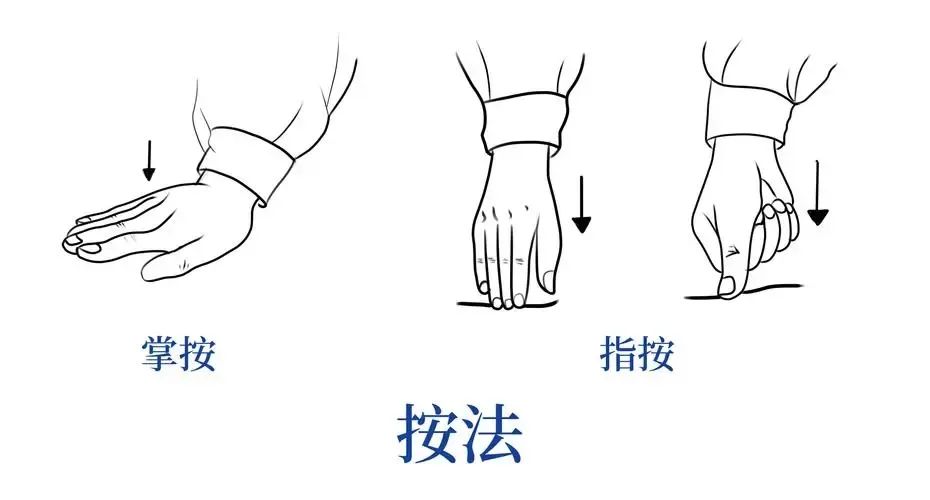
4. Mo Fa (Rubbing Technique): Place the palm on a specific area of the body and perform circular movements. This technique is often used on the abdomen and can also be applied to areas with significant bruising or swelling. It has the effects of alleviating pain, harmonizing qi and blood, regulating the stomach, and promoting digestion.

5. Ca Fa (Scraping Technique): Use the base of the palm or the edge of the hand to perform rapid back-and-forth friction over a long segment of the patient’s body surface. This is often combined with massage mediums such as safflower oil or ginger water. This method invigorates yang qi, warms the meridians, promotes qi and blood circulation, disperses stagnation, dispels wind and cold, alleviates pain, and strengthens the spleen and stomach.

6. Rou Fa (Kneading Technique): Use the base of the fingers and palms to perform gentle, circular kneading on a specific area or acupoint of the body. This technique is particularly suitable for the head, face, chest, abdomen, and limbs, and it helps to unblock meridians, reduce swelling, alleviate pain, and harmonize the stomach.

7. Cuo Fa (Rubbing Technique): Use both palms to grasp the patient’s limb and perform rapid rubbing while moving up and down. This technique is effective for harmonizing qi and blood and relaxing muscles and meridians, often used on the limbs and commonly serves as a concluding technique in Tui Na.
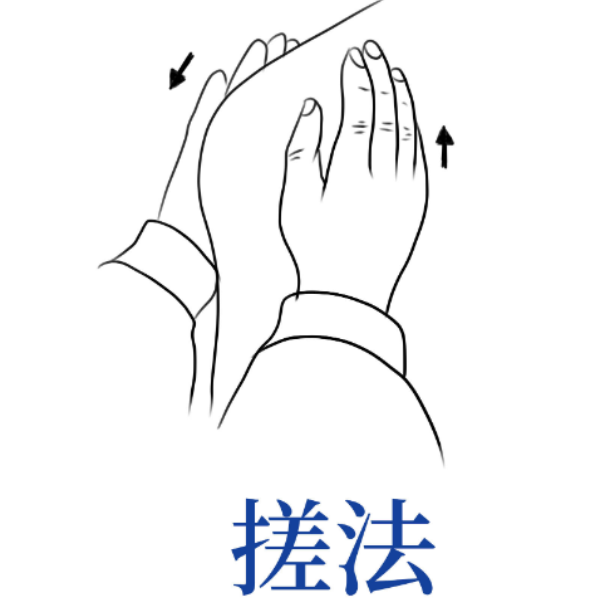
8. Yao Fa (Shaking Technique): The practitioner holds the distal end of the patient’s limb with one hand and supports the joint (shoulder, wrist, hip) with the other hand, using the joint as a pivot to perform large circular shaking movements. This technique helps to lubricate joints, release adhesions, and restore joint function, often used for hemiplegia, numbness of limbs, and shoulder periarthritis.

9. Nian Fa (Twisting Technique): Use the thumb and index or middle finger to grasp the patient’s fingers or toes and perform a twisting motion. This technique helps to regulate muscles and meridians and lubricate joints, often used for hemiplegia, cervical spondylosis, and numbness or pain in the fingertips.
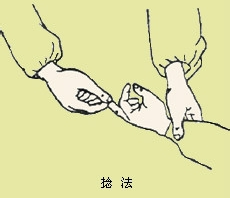
10. Dian Fa (Pointing Technique): Use the fingertips, finger joints, or elbow to apply pressure on a specific area or acupoint of the patient, gradually increasing the pressure. This technique is commonly used on the abdomen, back, and limbs. It has the functions of warming the meridians, regulating the internal organs, and invigorating blood circulation, suitable for abdominal pain and limb pain.

11. Dou Fa (Trembling Technique): Use both hands to grasp the distal end of the patient’s limb and perform rapid, continuous, small amplitude up-and-down shaking movements. This technique helps to unblock meridians, regulate muscles and bones, and benefit joints, often used as a concluding technique in Tui Na.
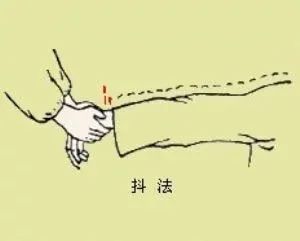
12. Pai Fa (Patting Technique): With fingers slightly bent, form a hollow palm and apply force to pat the affected area of the patient. This technique is commonly used on the lower back and limbs, and it has the functions of regulating qi, invigorating blood circulation, and unblocking meridians.
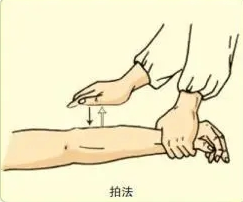

end
Author’s Biography
Wu Jingwen: Level 3 Tui Na therapist, graduated from Hubei University of Chinese Medicine with a specialization in acupuncture and Tui Na, and has studied various TCM techniques under experts Liu Dongsheng and Xu Yazhen, the 20th generation inheritor of Xu’s Imperial Tui Na.
Specializes in: Utilizing cupping, gua sha, moxibustion, and Tui Na to treat various neck, shoulder, waist, and leg pain. Significant results in rehabilitation training for post-stroke sequelae and pediatric cerebral palsy sequelae.

